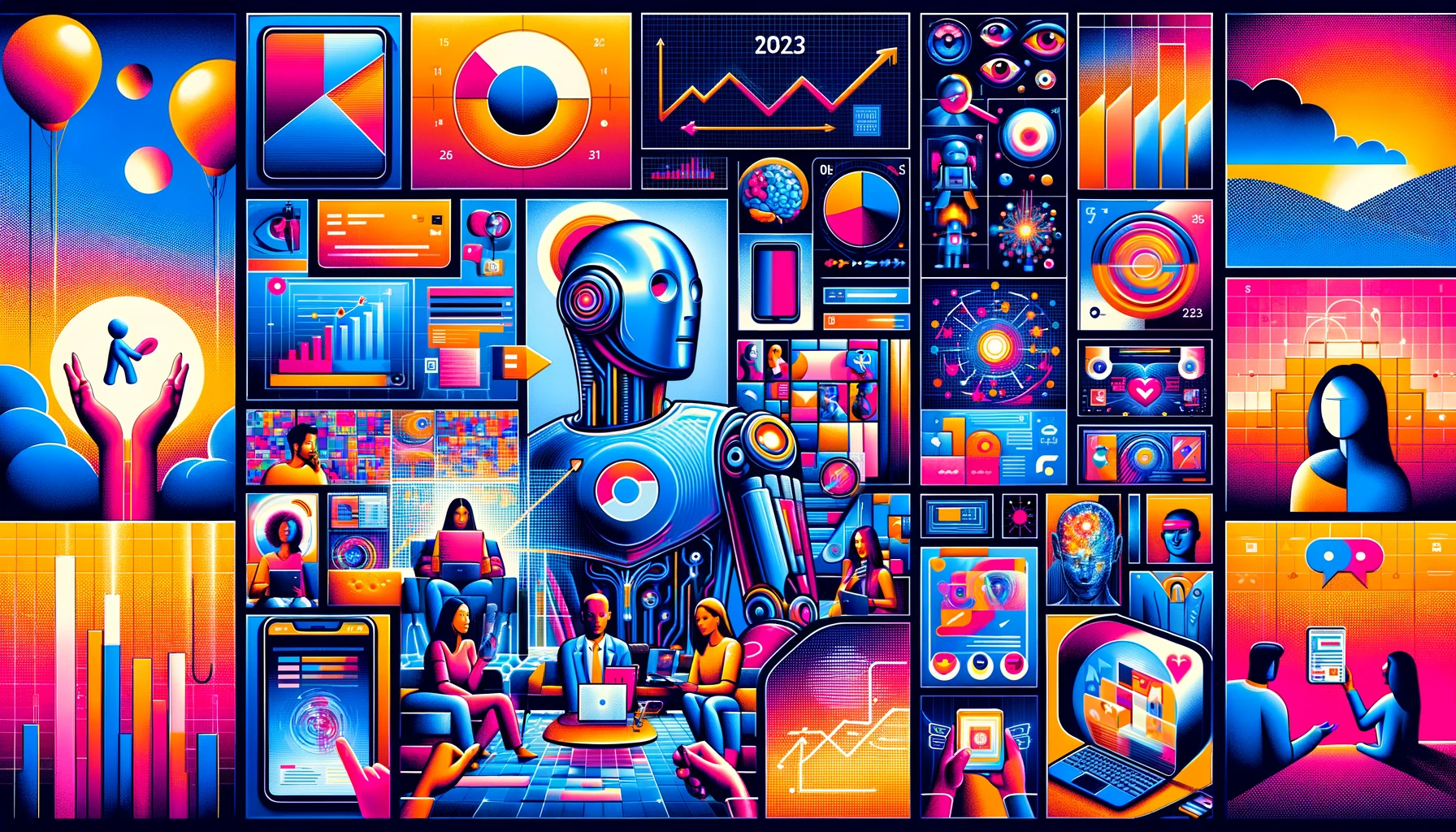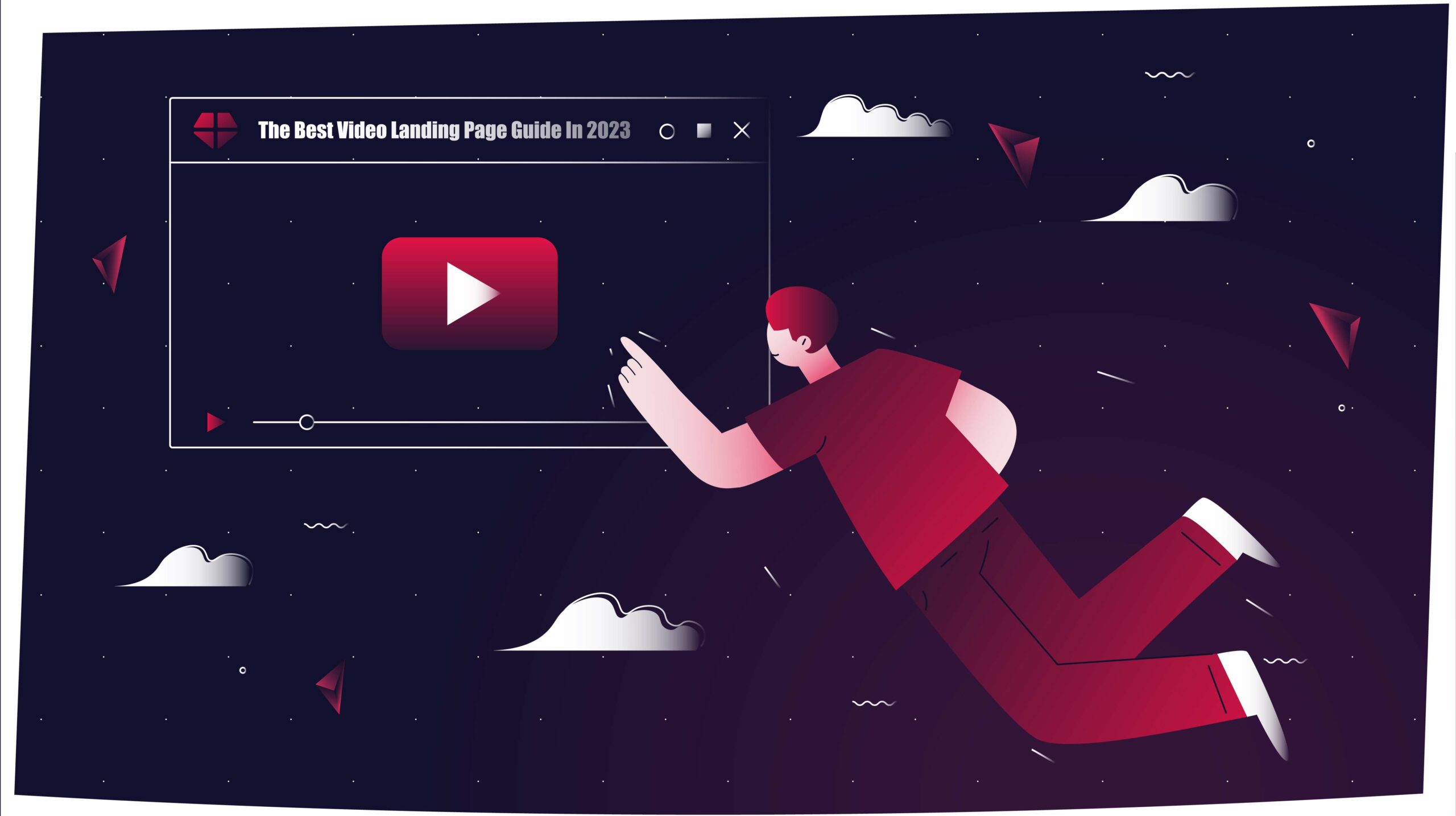Why Personalized Videos are Key to Employee Onboarding and Engagement

Introduction
In today's competitive job market, attracting top talent is only half the battle. The other half is ensuring that new hires are fully integrated into the company and engaged with their work. Employee onboarding videos have become increasingly popular in recent years as a way to streamline the onboarding process and improve employee engagement. Personalized video onboarding takes this a step further, offering a customized experience that can increase employee satisfaction, retention, and productivity.
The Benefits of Personalized Video for Employee Onboarding
Employee onboarding videos have been shown to increase engagement, reduce turnover, and improve job performance. Personalized videos offer even more benefits, such as:
Customized Learning Experience
Personalized video onboarding provides a customized learning experience that is tailored to the individual needs and preferences of new hires. This approach ensures that new hires receive relevant information that is specific to their role, department, and organizational culture. By offering a personalized experience, new hires are more likely to feel valued, engaged, and invested in their new role, which can lead to improved job satisfaction, retention, and performance.
Improved Retention
Retention is a critical factor in the success of any organization. High turnover rates can be costly and disruptive, leading to decreased productivity, morale, and revenue. Personalized video onboarding can help improve retention rates by creating a more engaging and memorable learning experience. By providing new hires with relevant, customized content that is delivered in an engaging and interactive format, companies can increase new hire satisfaction and reduce turnover rates.
Better Performance
Effective onboarding is a key factor in employee performance. By providing new hires with the necessary knowledge, skills, and resources, companies can help them become productive and effective team members. Personalized video onboarding can help improve employee performance by providing new hires with a more engaging and effective learning experience. By using personalized videos to deliver relevant content, companies can ensure that new hires have a better understanding of their role and responsibilities, as well as the company culture and values. This can lead to increased job satisfaction, higher engagement levels, and improved overall performance. Additionally, personalized video onboarding can help new hires feel more confident and prepared, which can translate into better performance and productivity.
Increasing Employee Engagement with Personalized Videos
Employee engagement is critical to business success. Engaged employees are more productive, have better job satisfaction, and are less likely to leave the company. Personalized video onboarding can help increase engagement by:
Building Connection
One of the biggest challenges for new hires is feeling like an outsider in a new environment. Personalized video onboarding can help new hires feel more connected to the company by providing them with a glimpse into the company culture and introducing them to their colleagues and leaders. By featuring real employees and showcasing the company culture, personalized videos can help new hires feel more welcomed and connected to the organization. This can lead to increased job satisfaction, higher engagement levels, and improved retention rates.
Creating a Positive First Impression
The first few days and weeks of a new job are critical in shaping a new hire's perception of the company. Personalized video onboarding can help create a positive first impression by delivering engaging and informative content in a personalized and interactive format. By showcasing the company's culture, values, and mission, personalized videos can help new hires feel more aligned with the organization's goals and vision. This can lead to increased job satisfaction and higher engagement levels, as well as a greater sense of loyalty and commitment to the company.
Encouraging Feedback
Personalized video onboarding can also be an effective tool for encouraging feedback from new hires. By including interactive elements in the videos, such as quizzes, surveys, and polls, companies can gather valuable feedback and insights from new hires. This feedback can be used to improve the onboarding process, identify areas of improvement, and address any concerns or issues that new hires may have. By actively seeking feedback from new hires, companies can demonstrate their commitment to continuous improvement and create a culture of open communication and collaboration. This can lead to higher engagement levels, improved retention rates, and better overall performance.
The Impact of Personalized Videos on Retention Rates
Retention is a top concern for many companies, especially in industries with high turnover rates. Personalized video onboarding can help improve retention rates by:
Creating a Sense of Belonging
Personalized videos can help new hires feel like they are part of a team from day one. This can reduce the risk of feeling isolated or disconnected and increase the likelihood of staying with the company long-term.
Providing a Consistent Message
Personalized videos can ensure that new hires receive a consistent message about company values, expectations, and culture. This can reduce confusion and help new hires feel more confident in their role.
Offering Continuing Support
Personalized videos can also offer continuing support after the onboarding process is complete. By providing ongoing training and resources, new hires can feel more empowered and invested in their work.
Best Practices for Creating Effective Personalized Onboarding Videos
Creating effective personalized onboarding videos requires careful planning and execution. Here are some best practices to keep in mind:
Keep it Short and Sweet
When creating personalized video onboarding content, it is important to keep it short and sweet. Attention spans are short, and new hires may quickly lose interest in lengthy videos. By keeping the content concise and to the point, companies can ensure that new hires remain engaged and retain the information being presented. It's important to focus on the most critical information and present it in an easily digestible format.
Be Authentic
Authenticity is key when it comes to personalized video onboarding. New hires can easily detect when content is inauthentic or insincere, which can lead to decreased engagement and retention. Companies should focus on creating content that is authentic and reflects the company's culture, values, and mission. Using real employees and showcasing real-life scenarios can help create a more authentic and engaging experience for new hires.
Use Storytelling Techniques
Storytelling is a powerful tool when it comes to personalized video onboarding. Stories can help create an emotional connection with new hires and make the content more memorable. By using storytelling techniques, such as anecdotes, examples, and real-life scenarios, companies can help new hires understand how their role fits into the bigger picture and how they can make a difference. This can lead to increased job satisfaction, higher engagement levels, and improved retention rates.
Personalize the Content
Personalization is at the core of personalized video onboarding. By tailoring the content to the individual needs and preferences of new hires, companies can create a more engaging and effective learning experience. Personalization can take many forms, including customizing the content to reflect the new hire's role and department, using the new hire's name in the video, and providing personalized recommendations for additional learning resources. By personalizing the content, companies can create a more engaging and memorable learning experience for new hires, which can lead to improved retention rates and better overall performance.
Tools and Technologies for Implementing Personalized Video Onboarding
There are several tools and technologies available to help companies implement personalized video onboarding. Here are some popular options:
Video Creation Tools
Video creation tools like Vidyard and Loom allow companies to easily create and customize video content. These tools offer features like screen recording, personalized messaging, and editing capabilities.
Learning Management Systems (LMS)
LMS platforms like Cornerstone and SAP SuccessFactors offer robust onboarding and training capabilities, including the ability to deliver personalized video content.
Virtual Reality (VR) and Augmented Reality (AR)
VR and AR technologies offer immersive onboarding experiences that can help new hires feel more engaged and invested in their work. Platforms like Strivr and Talespin offer customizable VR and AR training solutions.
Conclusion
In conclusion, personalized video onboarding offers numerous benefits for companies and new hires alike. By creating a customized learning experience, building engagement, and improving retention rates, personalized videos can help set new hires up for success and increase overall business performance. With the right tools and strategies in place, companies can create effective and engaging personalized onboarding videos that help drive long-term success.















 To use personalized and interactive video effectively for customer onboarding, businesses should follow these best practices:
To use personalized and interactive video effectively for customer onboarding, businesses should follow these best practices:













